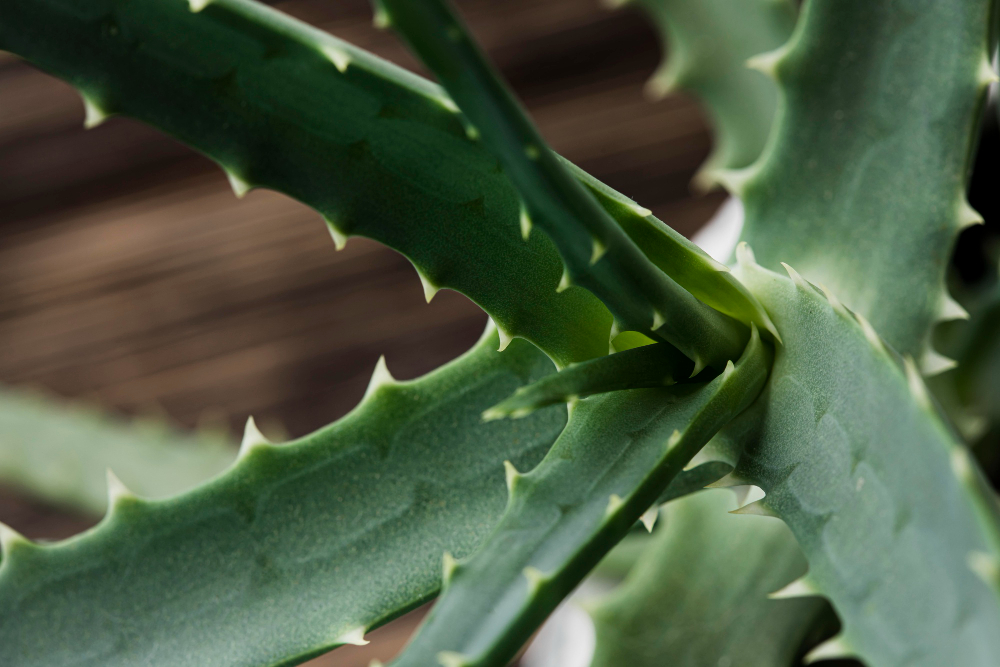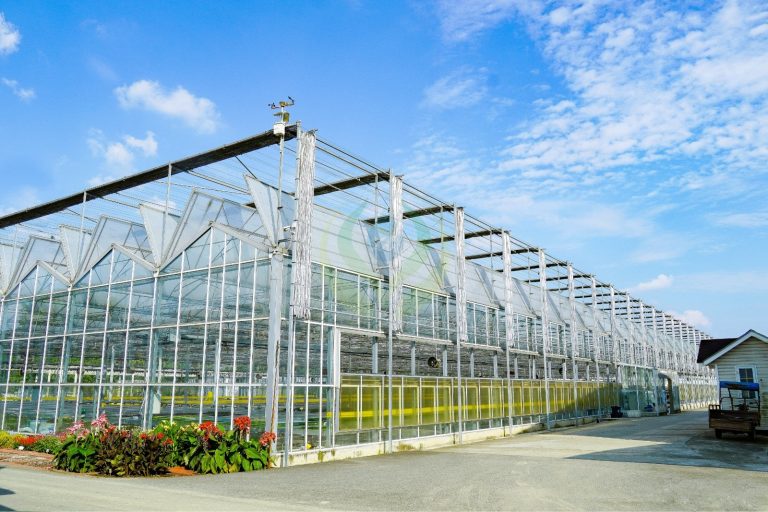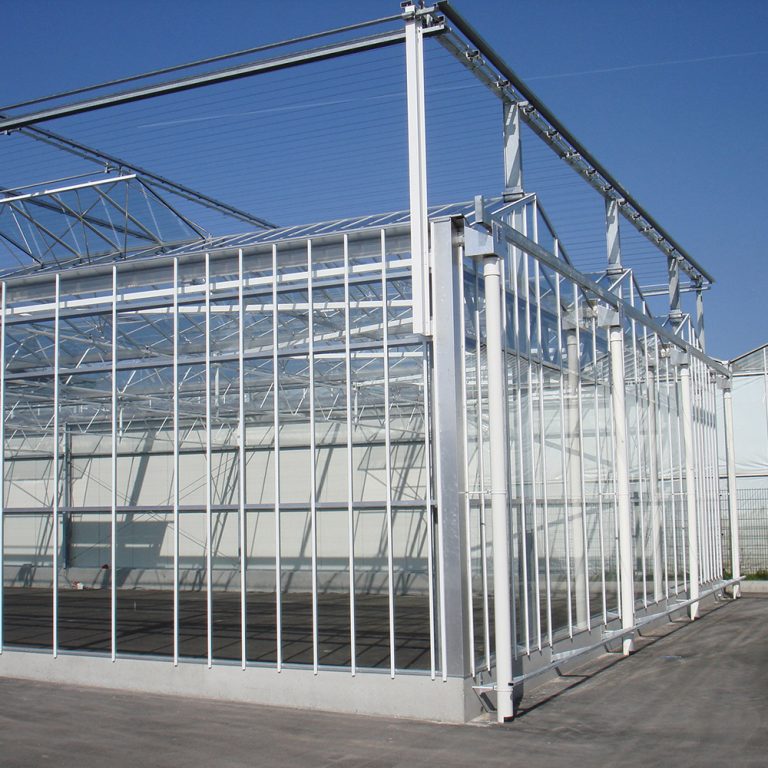
Aloe vera can thrive in both a greenhouse and as a houseplant, but which environment is better depends on the specific conditions provided. Here’s a detailed comparison to help you decide:
Aloe Vera as a Houseplant
Advantages:
- Easy Maintenance:
- Aloe vera adapts well to indoor conditions and requires minimal care.
- It can thrive in a sunny windowsill where it gets indirect light for 6–8 hours a day.
- Controlled Environment:
- Indoors, aloe is protected from extreme weather conditions such as frost, heavy rain, or scorching sun.
- It’s less likely to be affected by pests common in outdoor environments.
- Space Efficiency:
- Aloe vera doesn’t need much space and grows well in small pots, making it ideal for apartments or homes.
- Aesthetic and Accessibility:
- Aloe vera adds a touch of greenery indoors and is convenient to use for medicinal or cosmetic purposes.
Challenges:
- Lighting: Aloe vera needs bright, indirect sunlight. If placed in low-light conditions, it can become leggy and weak.
- Solution: Use grow lights if natural light is insufficient.
- Humidity: Homes with high humidity can make aloe prone to rot.
- Solution: Ensure good ventilation and avoid overwatering.
Aloe Vera in a Greenhouse
Advantages:
- Optimal Growing Conditions:
- Greenhouses can provide consistent warmth and bright light, mimicking the plant’s native arid environment.
- Temperatures between 55°F and 80°F (13°C to 27°C) are ideal for aloe vera.
- Faster Growth:
- The controlled, sunlit environment of a greenhouse often accelerates growth, especially in well-draining soil.
- Protection from Frost:
- Aloe vera is not frost-hardy. In colder climates, a greenhouse protects it during winter.
- Larger Scale Cultivation:
- A greenhouse is better if you’re growing multiple aloe vera plants for commercial purposes or larger personal use.
Challenges:
- Temperature Management:
- Greenhouses can become too hot in summer, which may scorch aloe leaves.
- Solution: Use shading and ventilation to maintain moderate temperatures.
- Space:
- If you only want a few aloe vera plants, dedicating greenhouse space might not be efficient.
- Overwatering Risk:
- Greenhouse environments can sometimes trap moisture, leading to root rot in aloe vera if not managed properly.
- Solution: Ensure proper drainage and avoid excessive watering.
Key Factors to Consider
- Climate:
- If you live in a region with harsh winters or excessive rainfall, a greenhouse is better for aloe vera.
- In milder climates, keeping aloe as a houseplant works well.
- Purpose:
- Houseplant: Ideal for decorative purposes or small-scale personal use.
- Greenhouse: Suitable for larger-scale cultivation or if you want faster growth.
- Care Needs:
- Indoors, aloe vera requires attention to light and watering.
- In a greenhouse, it needs monitoring for heat and moisture levels.
Conclusion
- As a Houseplant: Best for convenience, aesthetic value, and small-scale use. It’s easier to manage and maintain indoors.
- In a Greenhouse: Provides faster growth and year-round protection, especially in regions with challenging climates or for larger-scale cultivation.
Choose based on your goals, available space, and the climate where you live!




